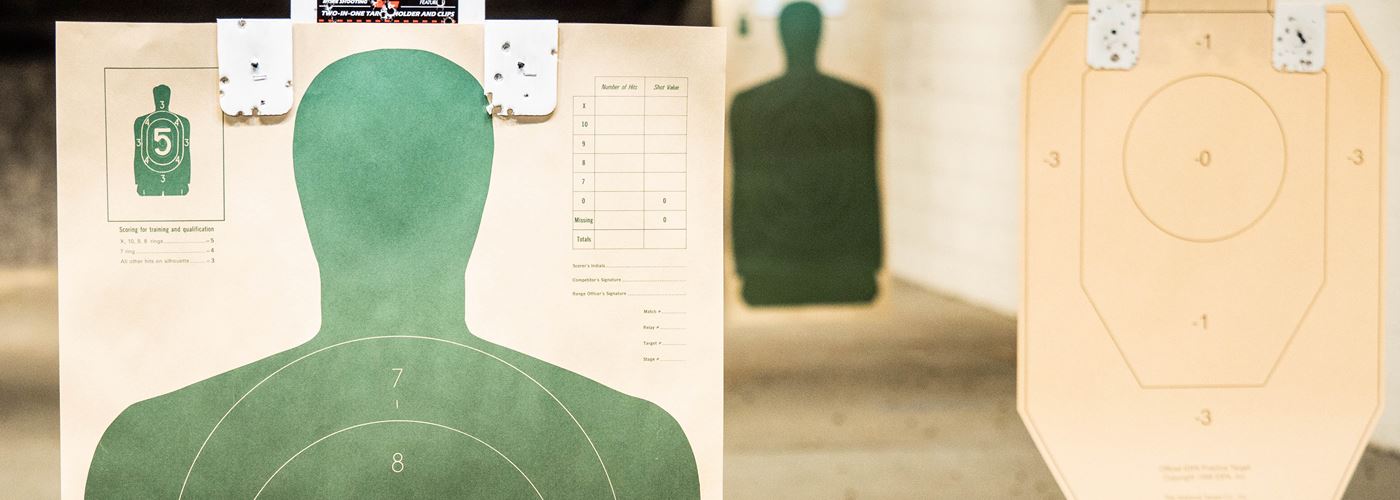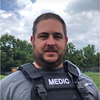
This is the third and final part of a series discussing what medical equipment you as a shooter should be carrying to classes and the range. In part one, we discussed how important it is to carry a commercial tourniquet. In part two, we talked about how to pack and dress a wound to a junctional area with an individual first aid kit (IFAK). Now we’re going to discuss how to treat wounds on the torso, which includes the chest, stomach and back areas.
How to treat an injured torso
The torso is the largest part of our body and houses vital organs like our heart, lungs, kidneys, liver and spleen. It is important that we separate how we treat penetrating injuries to this region. From the neck down to the naval (belly button), we treat those areas as chest injuries. From the naval to the waist, we treat those as abdominal injuries.
We need to work quickly with a penetrating injury to the chest to keep the injured person from developing a tension pneumothorax. This occurs when there is a hole in the chest wall allowing air to enter the chest. This disrupts the normal function of the lungs by creating pressure on them. The added pressure doesn’t allow the person to breathe effectively because their lungs can’t expand.
How to use a chest seal
Applying a chest seal over the hole keeps air from entering the chest cavity and helps prevent a tension pneumothorax. A chest seal is like a big, very sticky sticker that’s simple to apply. All you do is open the package, use a piece of gauze to wipe away any blood and apply the chest seal over the hole. A chest seal will need to be applied over any hole that happens from the neck to belly button on the front, back or sides.
It is important that we cover these holes quickly to prevent a tension pneumothorax from occurring. However, even if you cover them quickly, there is still a chance that a victim will begin to develop a tension pneumothorax when the projectile that caused the hole in the chest wall also caused a hole in the lung. As the victim breathes, air leaks through the lung and into the chest cavity. If you apply chest seals to a victim’s chest and they start having more difficulty breathing, you’ll need to “burp” the chest seal. All you have to do is lift a corner of the chest seal to uncover part of the wound, wipe away any blood and reapply the chest seal as they exhale. This releases the pressure in the chest and makes it easier for the victim to breathe.
There are two different versions of chest seals: vented and non-vented. A vented chest seal has channels built into the sticker that allows air building up in the chest to release on its own without the need for “burping” the seal.
If you want to learn more about the specifics of chest seals, I recommend attending a bleeding control course or trauma medical course.
How to treat abdominal injuries
For the abdominal area (from the naval to the waist), the best care for the victim is to apply firm, direct pressure. Wound packing an abdomen or applying chest seals is ineffective.
To treat an abdominal injury, apply a roll of gauze directly over the wound. Then apply direct pressure to help reduce the bleeding.
Remember the basics of an Individual First Aid Kit
I’ve now covered everything you should have in your individual first aid kit and how to use it. And once again, I recommend attending a trauma care course to get hands-on training on how to use the supplies in an IFAK.
Try to remember the following basic knowledge to help someone when the time comes:
- Arms and legs get tourniquets
- Junctional injuries (hip, neck, shoulder) get wound packing and direct pressure
- Chest and back get chest seals
- Abdomen (below the navel) gets direct pressure
Even if you are unsure of exactly what to do, direct pressure to any injury will slow down bleeding until more help arrives. Be prepared when you head to the range or a training class. Make sure your take your IFAK, because it is a simple piece of gear that can have the greatest impact on saving someone’s life.
If you missed the other parts of my blog series, read part one and part two now.
Look for firearms safety training classes near you.
